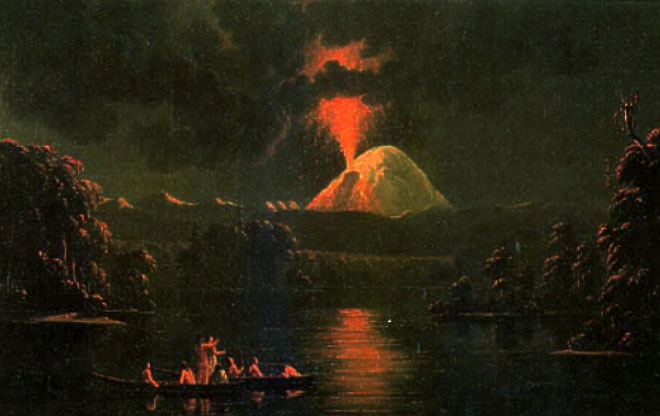
The First People
The Portland metro area rests on traditional village sites of the Multnomah, Kathlamet, Clackamas, Chinook, Tualatin Kalapuya, Molalla and many other tribes and bands. These groups created communities and summer encampments along the Columbia and Willamette rivers and harvested and used the plentiful natural resources of the area for thousands of years.
Image: Mt. St. Helens Erupting at Night by Paul Kane. Wikipedia 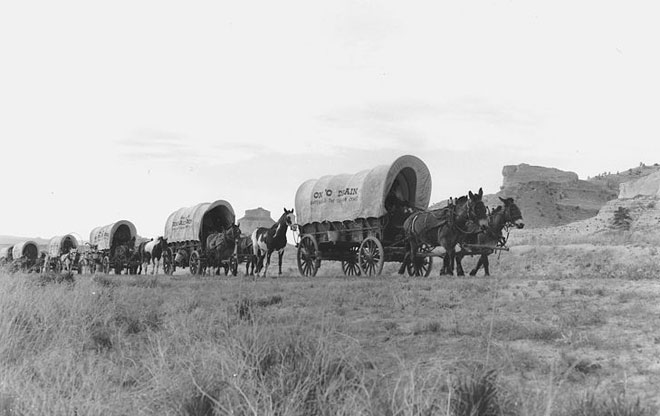
The Oregon Trail
In the mid 1800’s, the Oregon Trail brought early settlers to the Columbia Gorge and on to the valley at the confluence of the Willamette and Columbia Rivers, the spot that became Portland, which eventually thrived as a port, exporting timber and agricultural products.
Image: Oregon Trail Re-enactment, Department of Interior 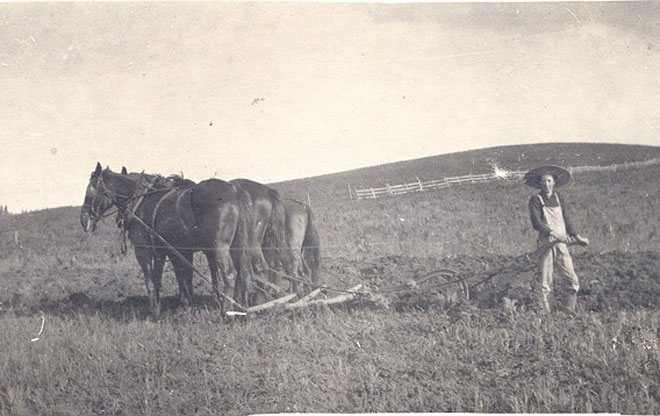
Becoming an Agricultural Center
Many of the earliest settlers were farmers, and the agricultural sector only grew. The Oregon State Archives writes: "Large portions of the original 320- and 640-acre land grants from the 1840s and 1850s that many farmers previously held in reserve were now falling under the plow in an increasingly mechanized and specialized market. Western Oregon saw the planting of a wider range of crops such as hops for beer brewing, flax for making linen, and hemp for rope and paper."
Image: Lloyd D. Lindley II Family Archive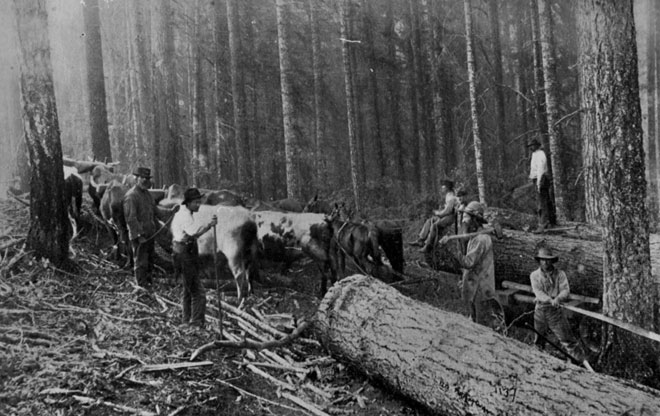
Early Industry
Early Portlanders were also loggers, miners, and fishermen, hence Portland's nickname: "Stumptown." The Oregon State Archives writes: "logging productivity grew as steam locomotives moved down new narrow-gauge tracks into previously inaccessible areas. The lumber provided building material for a rapidly growing U.S. population, including the Midwestern centers of Denver, Omaha, and St. Louis."
Image: Wicked Portland 
A Major Port
Portland was the major port in the Pacific Northwest for much of the 19th century, at least until 1883, when Henry Villard completed a transcontinental railroad between the deep water harbor in Portland and points east, by way of the Columbia Gorge. Goods could then be transported from the northwest coast to inland cities without the need to navigate the dangerous bar at the mouth of the Columbia River.
Image: Irwin - The Hodson Company, 1902, Lindley Archives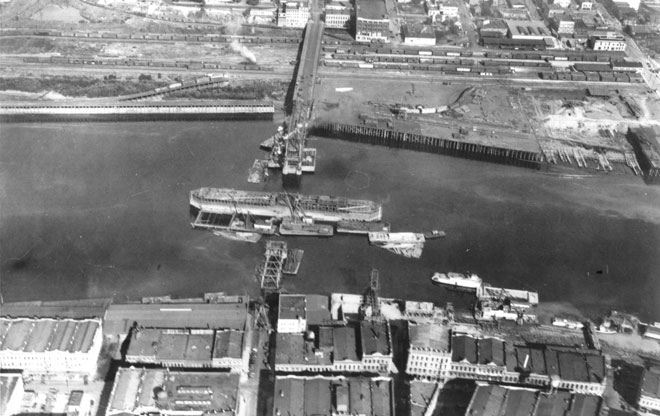
Becoming the City of Bridges
Stern wheelers and ferries connected east and west Portland in the early years. But as the city grew, bridges filled the gaps and eventually eliminated the ferry service. The original Morrison Bridge, a wooden truss, swing-span bridge completed in 1887 was the first Willamette River bridge. It was first a toll bridge (rates: horse drawn rig - US$0.15, team of horses - $0.20, pedestrian - $0.05) but went toll-free in 1895. The second Morrison was another swing bridge built in 1905. The 1958 replacement, which exists today, was long overdue.
Image: OHS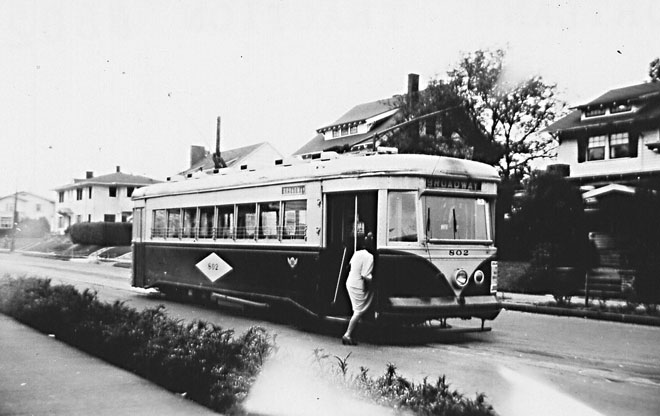
The Rise of Streetcar Neighborhoods
By 1901, Portland was larger than the Seattle/Tacoma area and growing
faster than all west coast cities other than San Francisco. According to E. Kimbark MacColl in Growth of a City, "before 1900, realtors and transit companies had often worked together in an informal arrangement that assured a reasonably high level of ridership between... population centers." As the population grew, these centers became known as "streetcar neighborhoods." Streetcars continued until the early 1950's, when they were replaced by buses and cars.
Image: Broadway Streetcar, 1948. Courtesy of Bill Hayes
The Birth of Portland's Park System
To provide green spaces for the burgeoning population, the park board of the city of Portland commissioned the Olmsted Brothers to provide a new framework for the city's park system.
Image: Olmsted Brothers 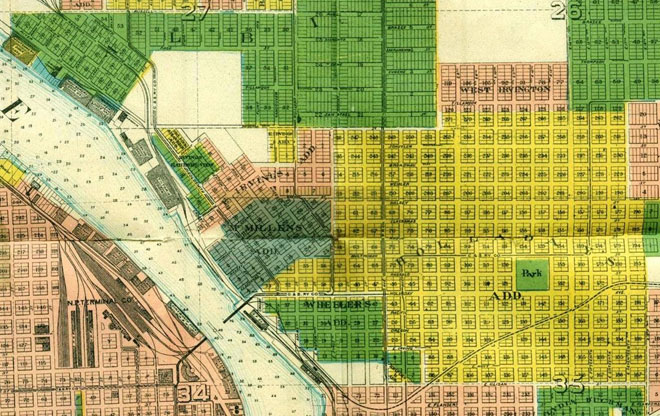
Squares and Playgrounds
The Olmsted Brothers park plan for Portland created a system of "squares and playgrounds." Here we see a plan for Holladay Park in inner northeast Portland.
Image: Multnomah County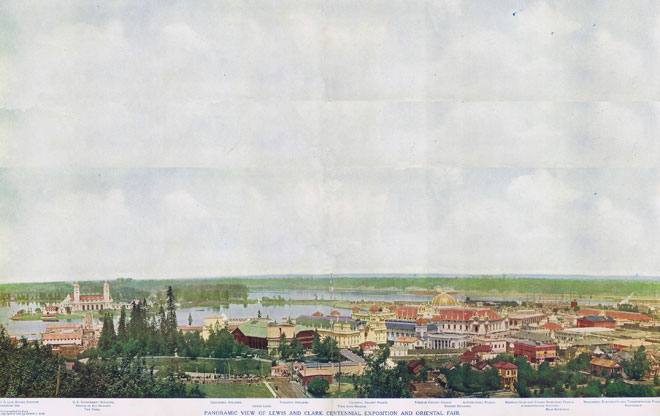
The Lewis and Clark Exposition
In The Great Extravaganza, Portland and the Lewis and Clark Exposition, Carl Abbot, wrote:"Why did the city's leaders devote thousands of hours to planning and promoting a world's fair in 1905? Portland is the region's leading city, but it needs to keep running to hold its place. The Lewis and Clark Exposition will help Portland maintain its economic edge. And ....focus our sights on the Pacific Rim. There are opportunities to sell Oregon grain and lumber to Japan and China and to import Asian products for American markets."
Image: Copyright, Robert Allen Reid, 1905. Lindley Archive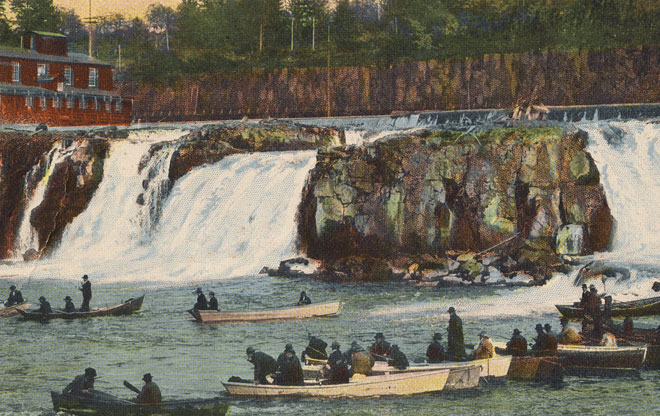
The Start of Recreation
Fishing on the Willamette and Columbia Rivers goes back thousands of years as it provided protein for native American tribes. Early settlers first fished for survival then later, as shown above, for recreation. Fish, especially salmon conservation and management, is a top priority in Oregon and, specifically, in the now-heavily urbanized reaches of Portland.
Image: Salmon Fishing. Post Card #7997, Lindley Archive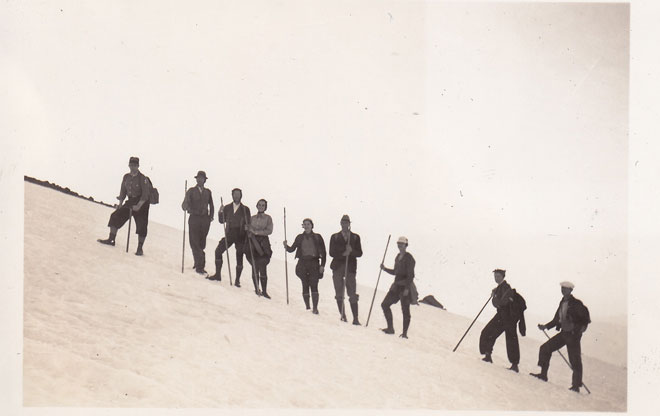
Early Mountain Explorers
Mountaineering in the Cascade Mountains began with the earliest explorers. Mount Hood provided a challenge, as seen here in 1938. The Mazamas, which were named after the native American name for Mt. Hood, were dedicated to "promoting mountaineering through education, climbing, hiking, fellowship."
Image: Courtesy of Kim Cooper Findling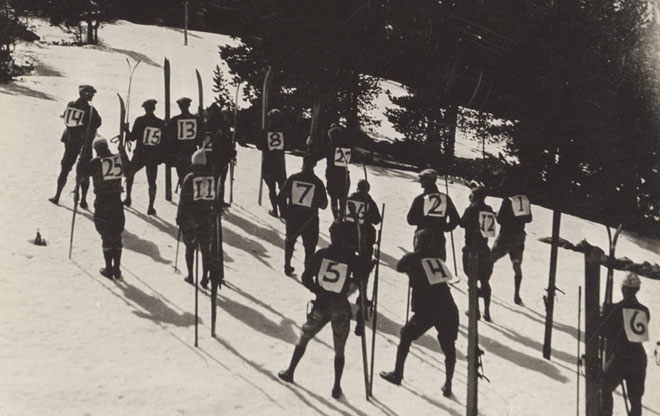
Early Skiers
Skiing was also an early form of recreation. The Cascade Ski Club was founded in 1928 by Norwegian ski jumpers and is one of America's oldest ski clubs. According to the Mt. Hood Museum, "in 1926, Portland's large Scandinavian population quickly established Government Camp as a recreation area for ski jumping and later downhill skiing. Winter visitors came in large numbers to watch exciting jumping events held by the Cascade Ski Club at the Multorpor jump hill."
Image: Cascade Ski Club